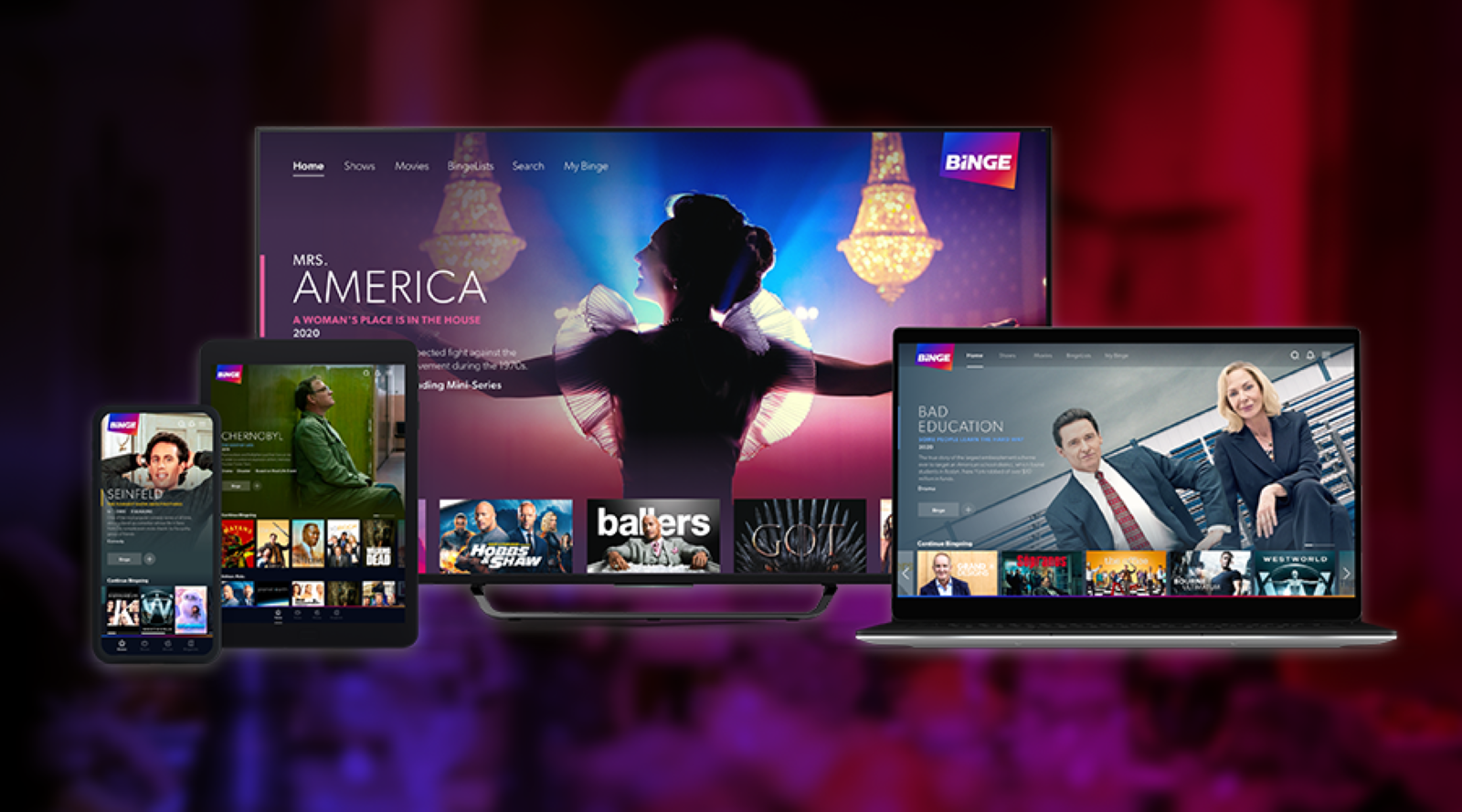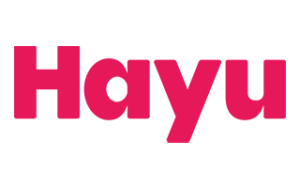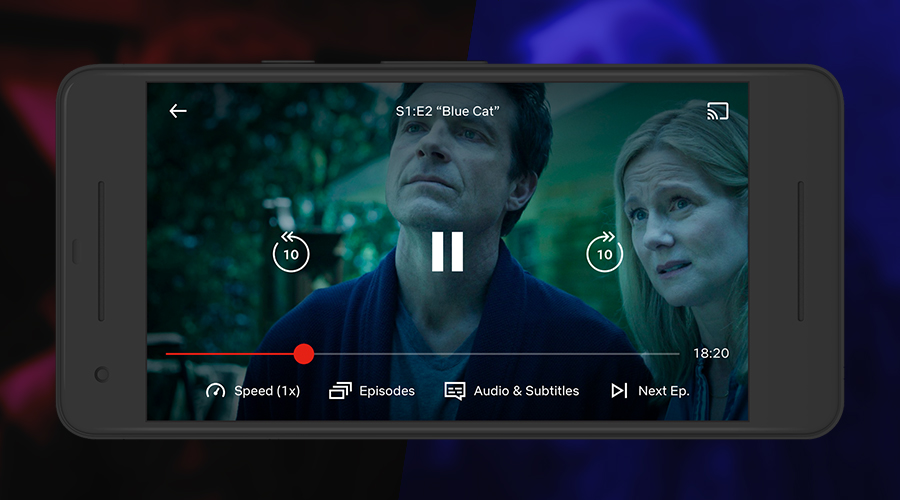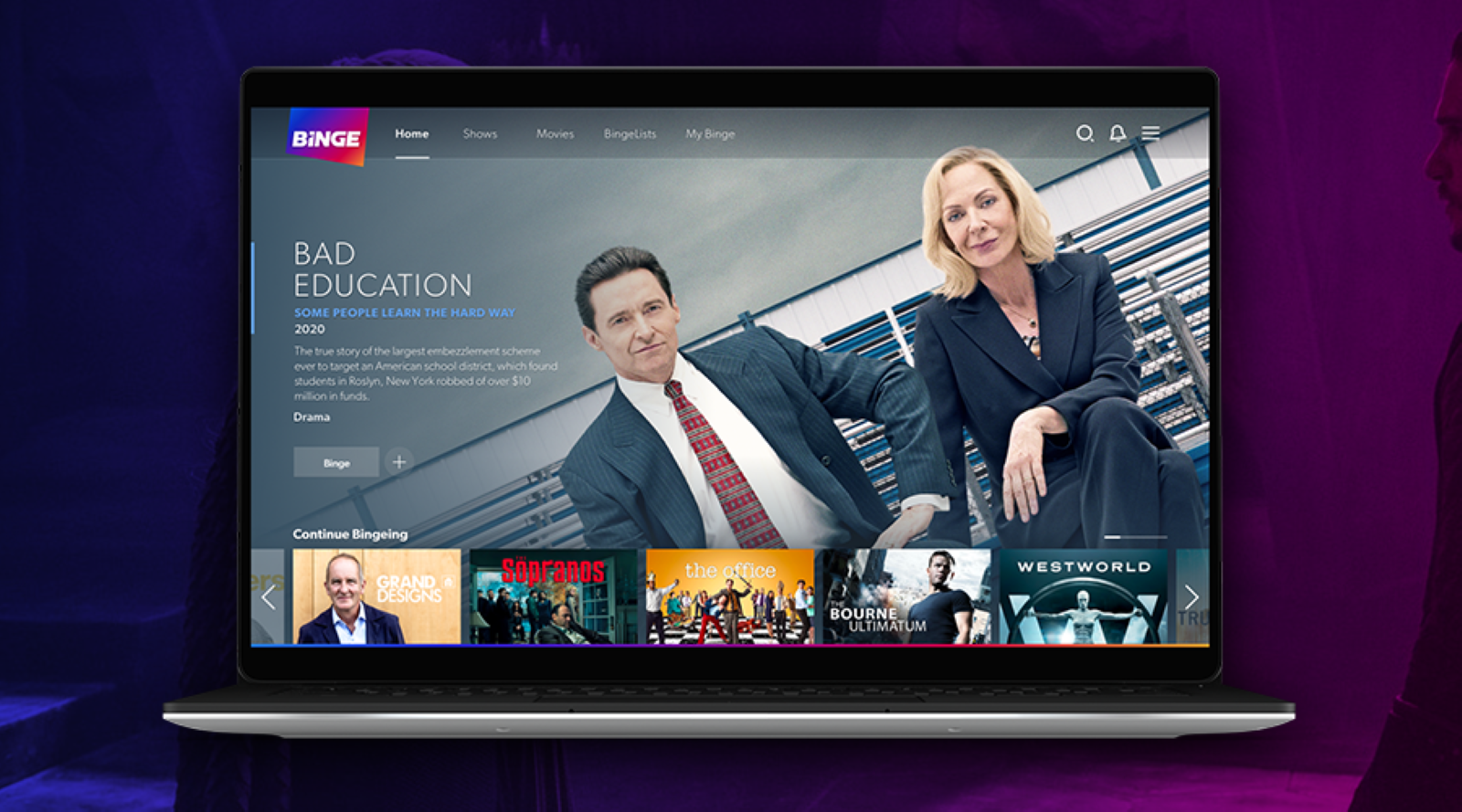Optus Mobile Review ALDI Mobile Review Amaysim Mobile Review Belong Mobile Review Circles.Life Review Vodafone Mobile Review Woolworths Mobile Review Felix Mobile Review Best iPhone Plans Best Family Mobile Plans Best Budget Smartphones Best Prepaid Plans Best SIM-Only Plans Best Plans For Kids And Teens Best Cheap Mobile Plans Telstra vs Optus Mobile Optus NBN Review Belong NBN Review Vodafone NBN Review Superloop NBN Review Aussie BB NBN Review iiNet NBN Review MyRepublic NBN Review TPG NBN Review Best NBN Satellite Plans Best NBN Alternatives Best NBN Providers Best Home Wireless Plans What is a Good NBN Speed? Test NBN Speed How to speed up your internet Optus vs Telstra Broadband ExpressVPN Review CyberGhost VPN Review NordVPN Review PureVPN Review Norton Secure VPN Review IPVanish VPN Review Windscribe VPN Review Hotspot Shield VPN Review Best cheap VPN services Best VPN for streaming Best VPNs for gaming What is a VPN? VPNs for ad-blocking At first glance, it feels like newcomer Binge doesn’t stand a chance against all of those other names but, upon closer inspection, there’s more to be gleaned in the Binge vs Netflix comparison than meets the eye. Unlike Foxtel, there are no ads and there’s no need for an IQ box to watch content while, like Netflix and Stan, there are tiered monthly pricing structures available across one standard definition (SD) stream, two high definition (HD) streams, or four HD streams. The Netflix library is locationally determined, meaning if you were to travel overseas and log in to your account, you’d have access to the library based on that location. Certain licensed titles may still be available that are identical to the Australian library, but the only thing you can count on is that Netflix’s original programming, movies and TV series, will be available in every region in which Netflix is available. Binge is exclusively for use in Australia, which means you can only access the content in Australia on supported devices (unless you have a VPN service that hasn’t been blocked). Under normal circumstances, select Netflix content can be streamed in up to 4K quality. At this stage, Binge streams at a maximum quality of HD, with no immediate plans to branch out to 4K resolution.
Netflix Basic with Ads costs $6.99 per month for one SD stream and no offline download devices Netflix Basic costs $10.99 per month for one SD stream and one offline download device. Netflix Standard costs $16.99 per month for two HD streams and two offline download devices. Netflix Premium costs $22.99 per month for four (up to) 4K streams and four offline download devices.
It’s worth noting that Netflix and other streaming services that have a 4K option have temporarily capped streaming to a maximum of HD resolution to ease bandwidth load during coronavirus. For help deciding what Netflix plan is best for you, check out our guide on Netflix prices.
The cheapest Binge plan costs $10 for one SD stream. The middle-tier Binge plan costs $16 for two HD streams. The top-tier Binge plan costs $18 for four HD streams.
Currently, Binge doesn’t offer the option to save and view content offline. Binge, on the other hand, offers a two-week free trial once you input payment details for your chosen plan, but bear in mind that it will automatically charge you for the first month once that trial period ends. Binge isn’t talking about its library size in terms of titles; instead, it’s set to offer 10,000 hours of content at launch, with a view to reaching 20,000 hours of content by the end of 2020. Comparing the two, Netflix Australia’s content library is estimated to be measured in the hundreds of thousands of hours, which dwarfs Binge’s current and planned 2020 offering. It’s worth noting that if you opt for the new Netflix Basic with Ads plan, you won’t get access to the entire library. Some of Binge’s bigger licensees include HBO, BBC, FX, NBCUniversal, Sony Pictures, and Warner Bros.
0.5Mbps is the minimum connection speed. 1.5Mbps is the recommended connection speed. 3.0Mbps is recommended for SD quality. 5.0Mbps is recommended for HD quality. 25Mbps is recommended for Ultra HD (4K) quality.
In terms of data usage, Netflix can use as little as roughly 225MB of data per hour of streaming or as much as 1.35GB (SD), 2.25GB (HD) or 11.25GB (UHD) per hour. This puts the lower-end estimates of Binge’s HD streaming as equivalent to Netflix’s SD bandwidth usage, which means that, overall, Binge is using less data per hour. Below this, there are various carousels spread into different content, some of which are logical –what’s popular (including a separate top 10, by region), what’s trending, Netflix originals, and items you may want to watch again – while others are quite niche and algorithmically linked to your viewing habits. Shows can be rated with a simple thumbs up or thumbs down, and you can search for content by name, category, or the talent involved. There is also support for up to five profiles to keep content separate and personalised between household viewers. For kids, there’s a dedicated ‘Kids’ tab that automatically populates this home screen with age-appropriate content. On the mobile versions of Netflix, you can download content for offline playback on supported devices. It also uses a data-driven algorithm to recommend personalised content, but there’s also expertly curated content that Binge promotes. If you use Binge on a web browser or Roku device, there’s a ‘Surprise Me!’ feature that plays content immediately, with the option to continuously reroll your luck if you don’t like what you see. Building on this logic of getting you playing rather than scrolling are ‘Binge Centres’ that bundle relevant TV series, movies and documentaries into one place for convenient bingeing. Or you can build your own ‘BingeLists’, with the option of continuing where you left off within each list. On top of this, there’s the option for up to six Binge profiles per account.
Streaming media players: Apple TV and Chromecast. Smart TVs: select models from Hisense, LG, Panasonic, Philips, Samsung, and Sony. Game consoles: PlayStation 3, PlayStation 4, Wii U, Xbox 360, and Xbox One. Fetch set-top box. Blu-ray players: select models from LG, Samsung, and Sony. Smartphones and tablets: Select Android (Android 5.0 or later) and Apple (iOS 12.0 or later). PC and Mac: Google Chrome (720p), Internet Explorer (1080p), Microsoft Edge (4K), Mozilla Firefox (720p), Opera (720p), Windows 8 app (1080p), Windows 10 app (4K).
Within a few months of launch, expect Samsung TVs to be supported with a Binge app. PlayStation support is expected within the next six to 12 months, while there are no plans to support Xbox One, but Wigan did say they are looking at the next-gen Xbox Series X.

























